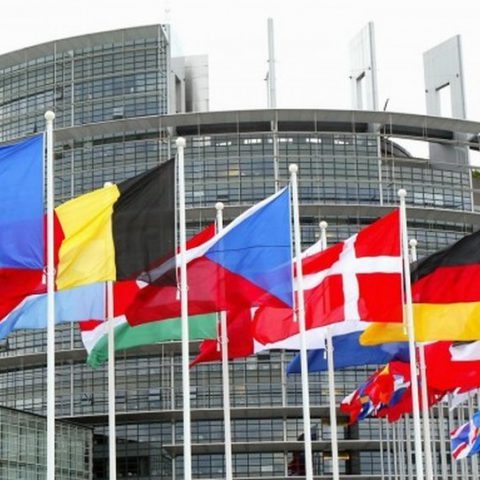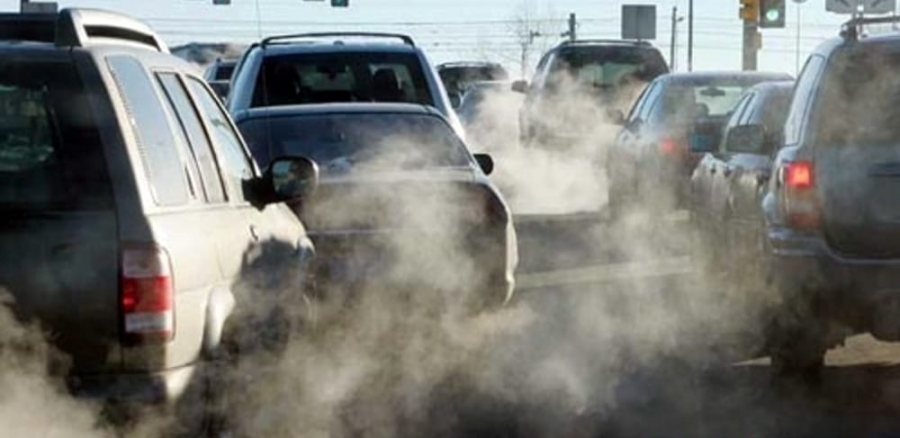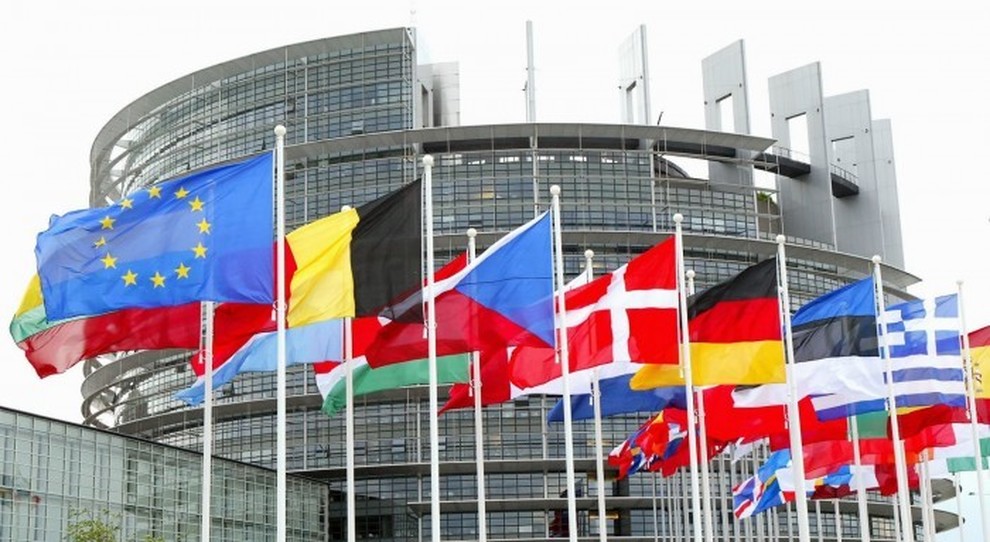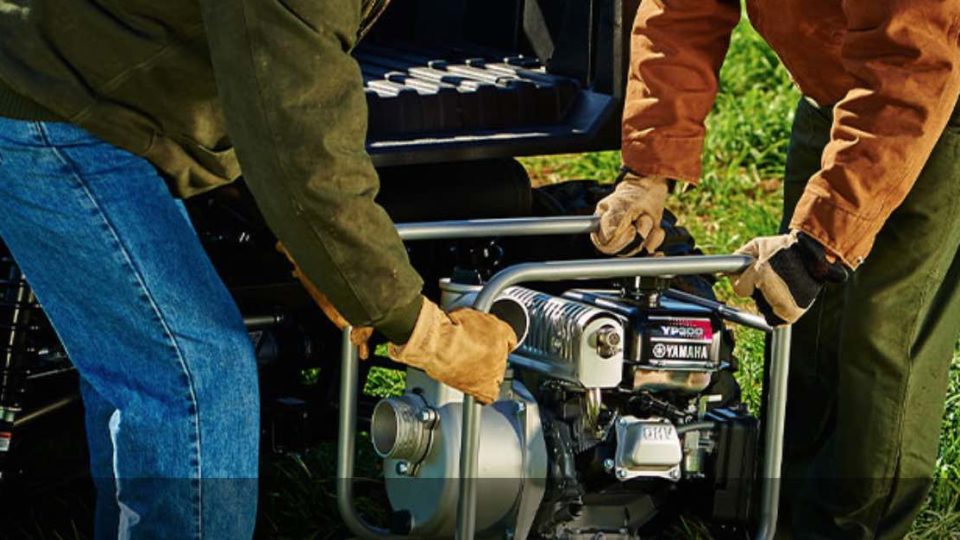Dieselgate. The discussion is still going on
Dieselgate. The European Court of Auditors gave its opinion The European Court of Auditors published a reflection paper a few years after the infamous ‘dieselgate’. «EU vehicle emission legislation has improved, but problems remain. The producers could find a way to get around the new test systems introduced and there is the possibility that tests […]

Dieselgate. The European Court of Auditors gave its opinion
The European Court of Auditors published a reflection paper a few years after the infamous ‘dieselgate’. «EU vehicle emission legislation has improved, but problems remain. The producers could find a way to get around the new test systems introduced and there is the possibility that tests conducted by independent third parties can be limited due to the huge costs».
A few months earlier, on 17 October 2018, the Commission had already submitted a follow-up report to the European Parliament’s Committee on the Environment, Public Health and Food Safety, underlining the existence (or rather the persistence) of various weaknesses in the EU vehicle emission measurement system.

Let’s take a look at the past
In 2015 the dieselgate phenomenon exploded, a scandal that spread around the world also due to the subjects involved. «The discrepancies between the emissions of vehicles registered in the laboratory and those on the road – summarizes the Court of Auditors – end up in the spotlight and it is clear that some car manufacturers used manipulation facilities to generate significantly lower emissions during official tests than those in normal driving conditions».
Back in 2011 the European Commission’s Joint Research Center had warned: «There is a significant discrepancy between NOx emissions from cars under laboratory conditions and those observed on the road».
«In Germany – specifies the document – Volkswagen has agreed to pay 1 billion euro to Lower Saxony and Audi to pay 800 million euro to Bavaria for having obtained undue economic benefits and for not having taken the appropriate supervisory measures. Looking at the Netherlands, the Consumer and Market Authority imposed a pecuniary sanction of 450,000 euros on Volkswagen, the highest amount required by the Dutch national legislation for unfair commercial practices. In Italy, the Competition and Market Authority has imposed a pecuniary sanction of 5 million euro to the Volkswagen group. Administrative and criminal proceedings against SEAT are underway in Spain».
On the other hand, some Member States reacted by doing new tests for new cars. «From which it emerged – stated the Court – that the exhaust emissions of almost all Euro 5 and Euro 6 diesel light vehicles exceeded significantly the applicable NOx limits, in some cases over 10 times». Ten times! An impressive gap that clearly underlines the fragility of the system.
AT POLITECNICO DI MILANO THE DISCUSSION WAS ON HYDROGEN
Back to the present
Analyzing the report published by the Court of Auditors, the current situation has changed profoundly since the dieselgate (for the better):
- The Commission can now examine the work of national approval authorities, test vehicles themselves, revoke or suspend type approvals and impose sanctions.
- Testing of vehicles in circulation is now mandatory in EU Member States.
- New laboratory tests have been introduced to reduce the wide gap between CO2 emission levels measured in the laboratory and those measured on the road. The global light vehicle procedure is the WLTP-World Harmonized Light Vehicle Test Procedure, the new standard for the approval of pollutant emissions to which all the newly registered cars will have to meet all requirements as from 1 September 2018. The WLTP replaces the previous NEDC.
- To measure NOx emissions in real driving conditions, the RDE-Real Driving Emissions was introduced.
- Third parties involved can now carry out tests on emissions.

But there are also some potential problems
The European Court of Auditors has anticipated a series of problems that the new system of tests is facing:
- The effectiveness of market surveillance controls will depend on their organization and implementation by the Member States.
- The purpose of the WLTP cycle better reflects road driving conditions, however manufacturers may find new flexibility in the WLTP laboratory test to reduce the carbon dioxide emissions of the cars produced.
- There is a risk that manufacturers will optimize vehicles for the RDE test: testing cars in circulation, beyond the RDE parameters, could be a way of overcoming this risk.
- The introduction of the RDE test led to a significant reduction in NOx emissions from diesel cars, but the impact could have been even greater if the maximum limit of 128 mg/km of NOx initially proposed had been adopted instead of that of 168 mg/km. Currently in the United States the limit for NOx emissions is 40 mg/km.
- The RDE test also aims to cover normal driving conditions. This means that, for example, driving at temperatures below -7 ° C or an aggressive driving style are not covered by the test.
- Recent third-party independent trials could be limited due to the high costs of the WLTP and RDE emissions tests.








